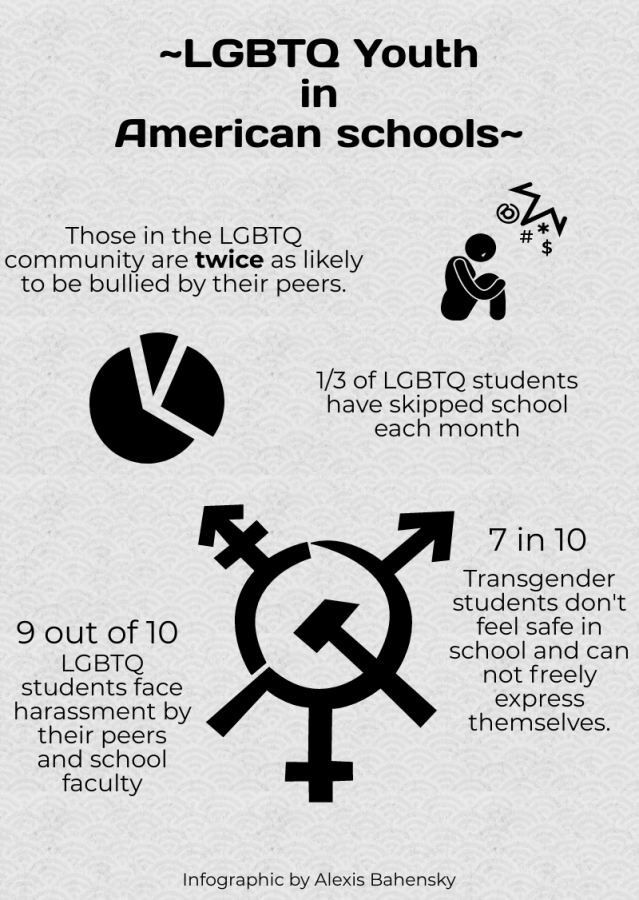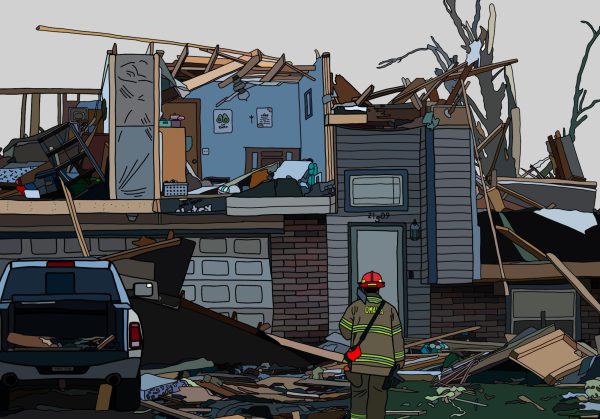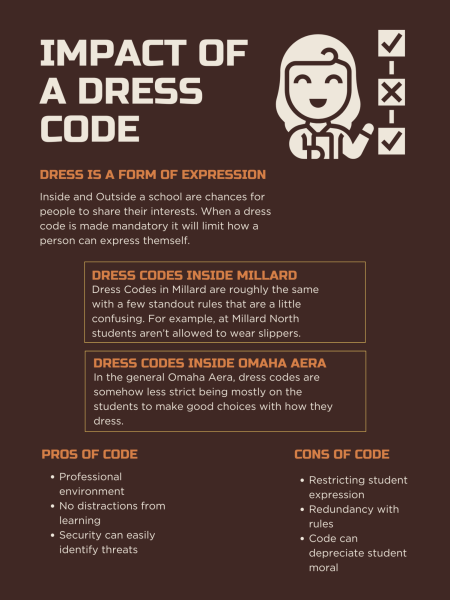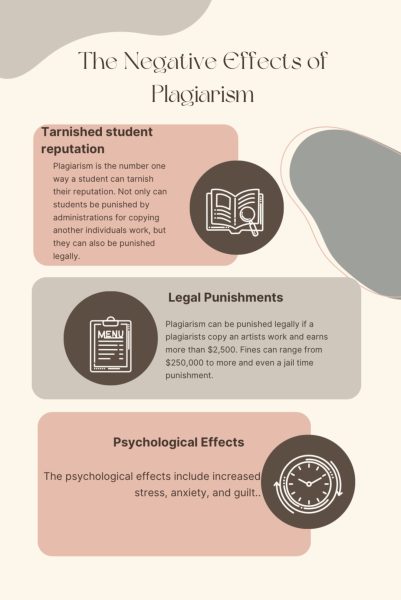LGBTQ+ students still struggle within schools
Schools must make changes to allow students a part of this community to feel safe
Infographic by Alexis Bahensky
The reality most students in the LGBTQ community is harassment and bullying by others. To stop this, changes need to be made to schools across America to show support for these students and help them feel safe.
Since the early 1900s, the LGBTQ+ community has been fighting for equality in America. While the community has come far since then, there are still loose ends that need to be tied up, especially within schools.
Students who are in the closet, and out, have been struggling with gaining acceptance from their peers since the beginning. They face constant harassment and bullying. Some of these cases aren’t targeted directly at a specific student, but to the community as a whole. The first step that must be taken in order to make these students feel welcome is to lower the number of students bullying those who are LGBTQ.
A large number of students don’t realize that what they say can hurt others. Most teens aren’t willing to take responsibility for what they say or do. Parents usually think that “it’s just a phase” or that “all teenagers act like this.” However, that isn’t true. It’s the lack of education at a young age that causes teenagers to behave like this.
From a young age, we are taught that we must be kind to everyone no matter what. Adults and teachers think that if they teach their children to be kind to everyone, bullying and harassment won’t be a problem in their futures. What they forget, however, is that just telling children to act this way doesn’t ensure that in the future they won’t bully others, such as those in the LGBTQ community, for being different. Instead of teaching our students to just be kind and including to all no matter what, we need to teach them why they should do those things.
People are the most impressionable when they are children. This is because they gain knowledge from observational learning; in other words, they learn from what others say and do. This makes it the perfect time in their lives to teach them about homophobia and the cruelties the LGBTQ community face. Most parents disagree about teaching their children about such topics, however, introducing children to these topics at a young age helps them realize the reasons why they should treat everyone with kindness, rather than just ordering them to do so.
Adults still refuse to teach their children about these topics nonetheless. What they don’t realize is that if they don’t teach their children the “why,” their moral values aren’t established. When a person’s moral values are not present, they have a harder time differentiating between what is right and what is wrong. This is the main reason so many teens joke about such topics; they aren’t taught why what they are joking about could be hurtful.
While it’s mainly a parent’s responsibility to teach their own children about these matters, teachers must do the same. Teachers do their best to stop this hate within schools using the #BeKind Campaign and redirecting when needed. However, this isn’t enough most times since most of the harassment happens without their knowledge. To help aid teachers, more schools should consider teaching their students about LGBTQ. Other countries have taken this step, such as England. They have made it mandatory for all high schools to teach about all parts of the LGBTQ community. Unlike regular sex-ed courses, these teachers approach the topic in a sensitive manner as students may be in the closet or discovering themselves.
While it may be uncomfortable for some to talk about, it’s necessary to have students really understand what it means to be LGBTQ. The reason being, most only refer to the community as being attracted to the same sex. That, however, isn’t the full truth. The community is made up of a lot more than that, such as transgender, genderfluid, asexual and much more. Having students learn about these differences will help clear up confusion which will lead to less harassment.
Parents are still against the idea of teaching teens about LGBTQ topics. During the summer of 2019 in Birmingham Alabama, a group of parents was protesting outside a local school to ban teaching the topic to their children. The main reason given for these protests is “parental rights.” They think that because they know their children the best out of anyone, they know what is best for them always. While this may usually be true, in these circumstances it’s not. By neglecting their children the right to learn about this topic, they are neglecting their children’s rights to learn about different perspectives, and in some cases, about themselves. When all perspectives aren’t understood, it leads to harassment, which is the reality many teens who are a part of the LGBTQ community face.
Not only do parents and teachers need to teach their children about the LGBTQ community, but the school must also make changes in their faculty and facilities. One of these changes includes respecting a child’s preferred pronouns. Most adults assume children are confused about their identity because they are so young. While that may be true for some, we shouldn’t assume this for all students. Getting to know someone’s preferred pronouns, and using them, gives them a sense of feeling like they matter, even if it is a simple thing like this. It also teaches younger generations that gender identity isn’t something to be assumed nowadays. The community has grown so much that anyone could consider themselves a part of the LGBTQ community. However, people still need to be aware of how people in that community feel about others knowing. If they aren’t comfortable about their other peers knowing, it isn’t your right to tell anyone.
Another improvement would be the addition of more family restrooms in all schools. Doing so would make transgender and non-binary youth feel safer about using the restroom during school hours. Many states, including North Carolina, have put restrictions on allowing students who classify themselves as transgender to use the opposite bathroom, leaving them unable to use the facility that makes them feel comfortable. While many can argue that most school nurse offices have such a facility, it can prove inconvenient for some students. I’m not suggesting changing all bathrooms to accommodate for the community, but installing a few would increase how safe students who classify as LGBTQ feel.
As our society changes, so should our school. The LGBTQ community has grown and will continue to grow, especially amongst the younger generations as it becomes a norm. Thus, school faculty and parents of students should make changes to allow their children to feel safer with their identities within their schools and it’s facilities.
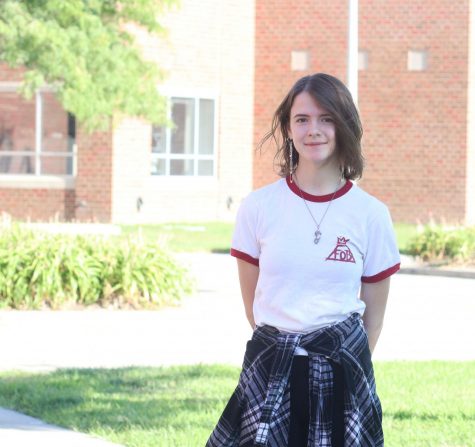
Alexis is a senior ending her high school experience by starting up her third year on the CATalyst staff. She enjoys getting her opinion out in the world....

